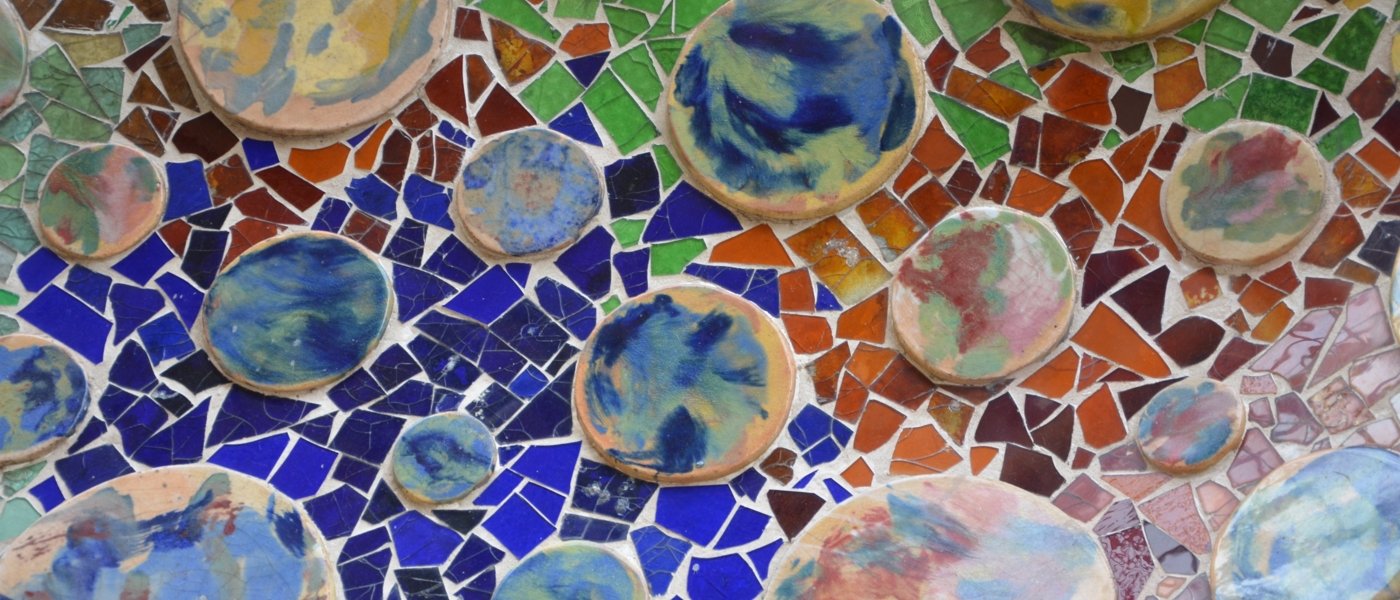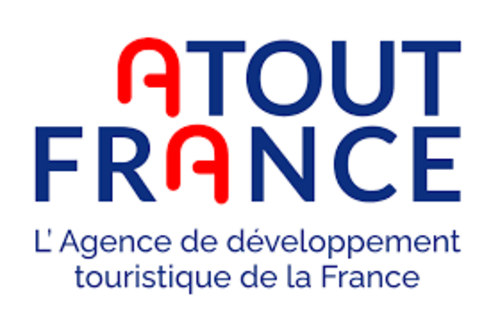Spain’s trendiest city, Catalan Barcelona, is the perfect place to explore its iconic traditional method bubbly, Cava. Barcelona’s streets, both ancient and modern, hide a myriad of cosy bars, where you can indulge in some Cava tasting. Barcelona’s streets, whether it be the ancient alleyways of the old city, Ciutat Vella, with the Mediaeval architecture of the Barri Goti, the imposing Modernist buildings of Eixample with their Gaudí treasures La Pedrera and Casa Milà, or the broadwalks along the seafront, all offer a range of possibilities to try some Catalan Cava. Or you could perch on a stool in the Boqueria market just off main tourist thoroughfare, Las Ramblas, to watch the world go by as you sip away in Barcelona.
Cava, the Iberian Peninsula’s answer to Champagne
Cava’s name comes from the stone cellars where the wine is matured (cavas); it needed a new name after the Champagne authorities clamped down in the 1970s on the use of the name Champaña, which had been used until then, hence the new Cava DO, which was introduced to cover exclusively white and Rosado wines.
The Catalan bubbly had been modelled on the wines of the more prestigious Champagne when first produced in the 1870s by Josep Raventós on returning to Catalonia after a visit to France. However, the Catalan Cava, as it came to be known, did not use the Champagne varieties Pinot Noir and Chardonnay, but rather the local grapes Macabeo, Parellada and Xarel-lo.
Modern Cava
The original Cavas were produced exclusively in a small town called San Sadurní de Noya in Catalonia, but nowadays Cava can be produced in a whole host of demarcated regions around Spain which qualify for this DO, including a part of red wine country Rioja! So, Cava is no longer simply Catalan Cava. In addition to the three traditional varieties, Champagne varieties Pinot Noir and Chardonnay are increasingly being used in modern Cava, as well as Monastrell to add colour to Cava Rosado. Macabeo generally still makes up around half of the standard blend, not to add flavour as it is actually quite a bland variety, but as a kind of insurance policy – it buds late in spring, so its flowers and grapes are generally safe from spring frosts. The interesting, slightly earthy flavours that you find in Cava, as opposed to Champagne, come from the Xarel-lo variety.
Pioneers in technology
Catalan producers actually pioneered a significant development for the sparkling wine industry, by inventing the gyropallet, a large mechanised device to replace hand riddling – the process which collects the lees in the neck of the bottle before disgorgement and final corking. This process saves considerable man hours throughout the sparkling wine industry worldwide.
San Sadurní de Noya, heart of the Cava industry
The small town of San Sadurní de Noya, known as Sant Sadurní d’Anoia in Catalan, in the Alt Penedès not far from Barcelona and easily accessible from the Catalan capital, is still home to the heart of Cava production, with many of the big names based there and offering Cava tasting. Barcelona therefore makes the ideal base to delve further into this Spanish bubbly. More than 80 Cava producers are located in the town and visiting their Cava cellars is one of the main attractions of the town, with many of the older producers boasting beautiful noucentista – a Catalan movement of the early twentieth century originating largely as a reaction of Modernism - buildings.
Whether you decide to make you Cava tasting Barcelona-based or to head out to the heart of Cava country, our local experts at Wine Paths will ensure that you have the perfect Barcelona Cava experience.
If you're interested in one of our Catalonia Wine Tours, please visit this link.






